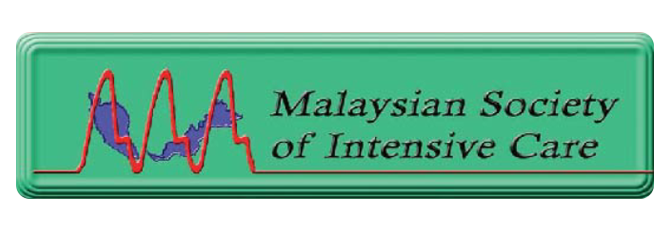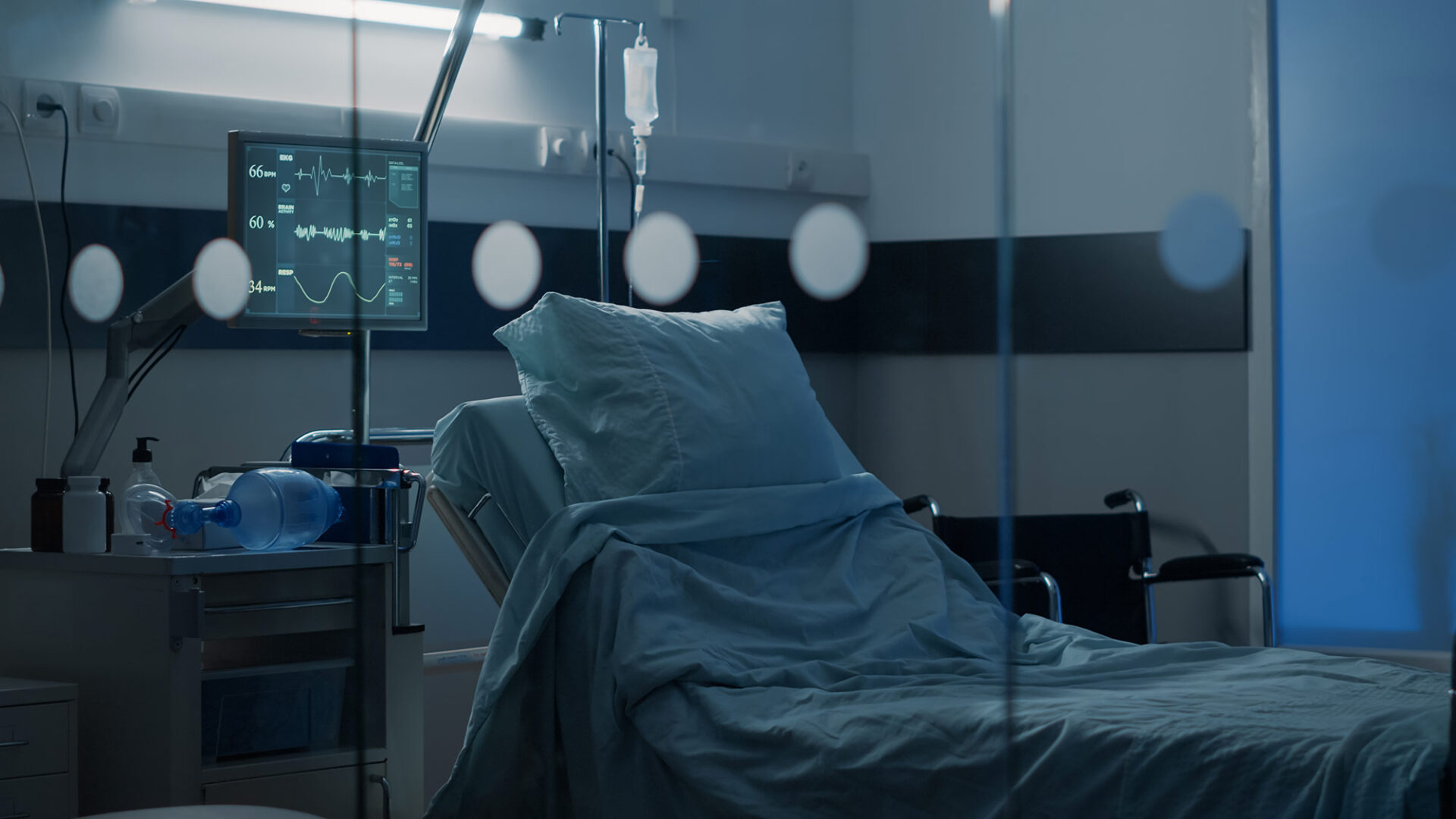The journey begin in 2009
The beginnings of the Malaysian Society of Intensive Care dates all the way back to 2009. Prior to the formation of this society, the intensive care body was represented under the Malaysian Society of Anaesthesiology. This was initially recognized as the Critical Care Medicine Section (CCMS).
The CCMS component of the MSA was officially formalized at the Society’s Annual General Meeting in April, 1994. When Dr. Ng Siew Hian became the chairperson of the CCMS, she spearheaded multiple ventures for the body including the highly successful National Conferences on Intensive Care. At this time the CCMS was renamed as the Intensive Care Section (ICS) of the MSA. The ICS continued to venture along the path set by CCMS. However, there was much concern regarding the emergence of non-anesthesiology-based intensivists, and that the ICS being a part of the MSA would mean that this subset of intensivists might go unrecognized. Hence this led to the departure of the intensive care section from the MSA which became the impetus for the formation of the MSIC.


Wanting to set up a society and actually getting it started are 2 very different things, but nothing deterred our fervent and committed group of intensivists in charging forth. In early 2009, a submission was made to the ROS in Kuala Lumpur that was unfortunately rejected. Dr. Tan Cheng Cheng had re-submitted few months later to the ROS in Johor Bahru. This was accepted with the only stipulation was that the members forming the society had to be from 7 different states.
This led to the formation of a pro-tempore committee consisting of intensivists from all over Malaysia. The committee had their first ever discussion at The Academy of Medicine, 19, Jalan Folly Barat on 10th of January 2009. It was at this meeting that the decision was made to name the society Malaysian Society of Intensive Care. In June, the society was officially registered.
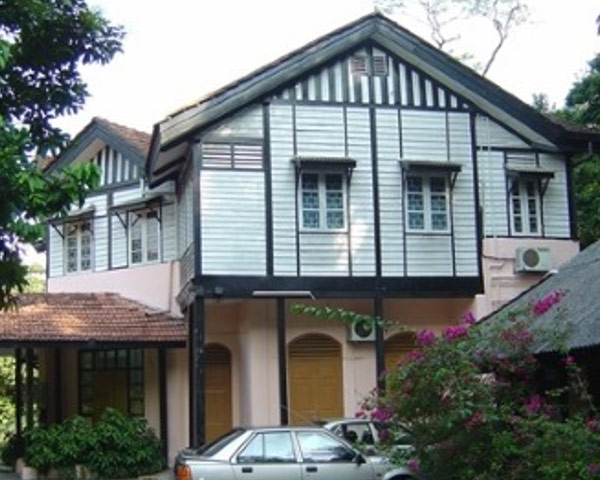
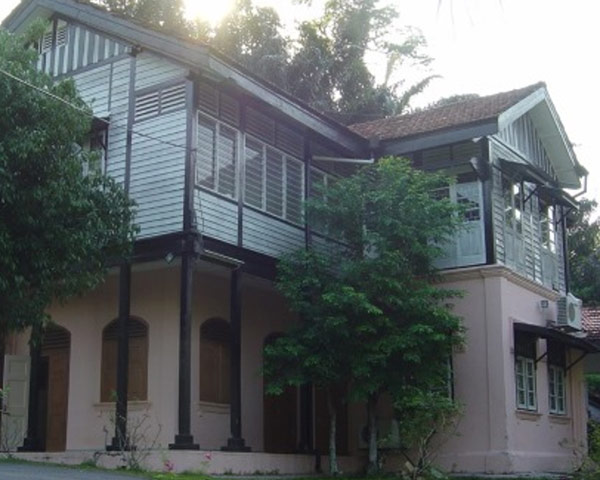
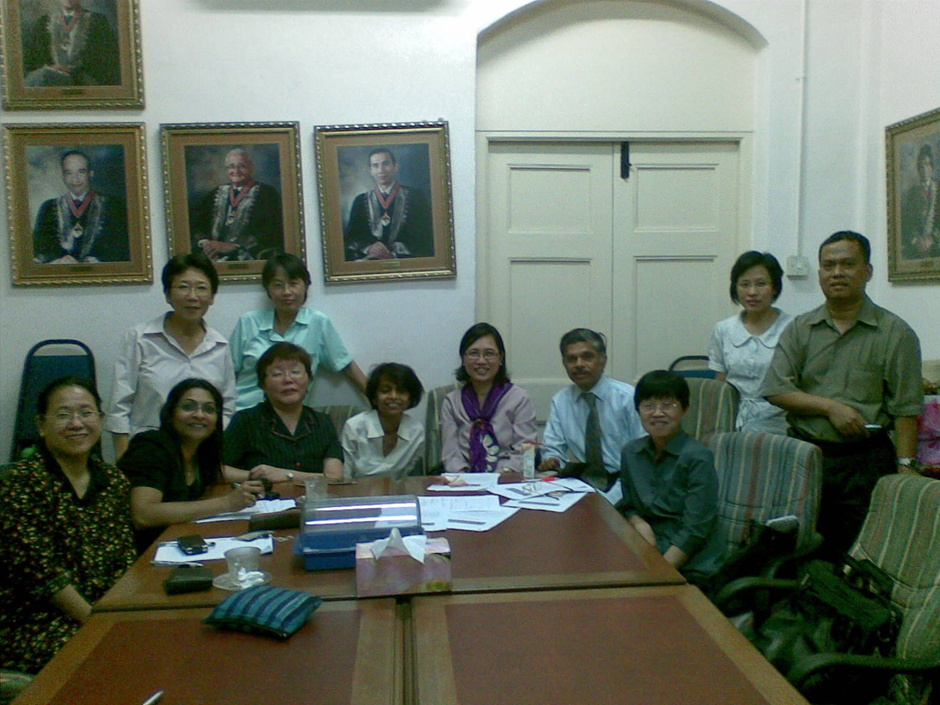
MSIC Pro-tempore committee
Sitting from left, front row : Dr.Jenny Tong, Dr. Shanthi Ratnam, Dr. Tai Li Ling, Dr. Shanti Rudra Deva, Dr Tang Swee Fong, Dr. V. Kathiresan, Dr. Teh Keng Hwang
Standing from left, back row : Dr. Ng Siew Hian, Dt. Tan Cheng Cheng, Dr. Lim Chew Har, Dr. Mohd Ridhwan Mohd Nor)
The first EXCO committee included:
Advisor: Ng Siew Hian
President: Tan Cheng Cheng
Vice President: Tai Li Ling
Hon Secretary: Shanthi Ratnam
Hon Treasurer: Shanti Rudra Deva
Committee members: Mohd Basri Mat Nor
Members of the Society:
Lim Chew Har
Ahmad Shaltut
V.Kathiresan
Tang Swee Fong
Jenny Tong
Teh Keng Hwang
The society had several objectives that were stipulated during its formation:
- To promote the art and science of Intensive Care.
- To promote social,cultural and professional activities amongst members of the Society.
- To promote specialty research by endowments and grants
- To represent members practising intensive care and protect their interests.
- To achieve liaison with similar bodies and other specialties in other regions.
The motto of the society is “Quality in intensive care”.


Crest
The crest of the society is an arterial waveform (Red), map of Malaysia (background and myriad colour), name of Society (black) in an atmosphere of eco-green.
Waveform
The arterial waveform represents the vital function of the body. The colour is red as it is the colour of the blood.
Map
Map of Malaysia represents members from all over Malaysia. The colour is in blue as it represents serenity and calmness of the intensive care environment.
Color
The background is in green as it represents the vast modalities of interventions and treatments in the intensive care patients.
Relocation
Several years later, the Academy of Medicine shifted to 210, Jalan Tun Razak.
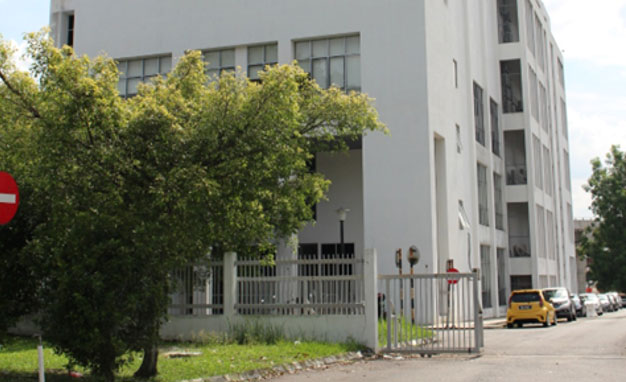
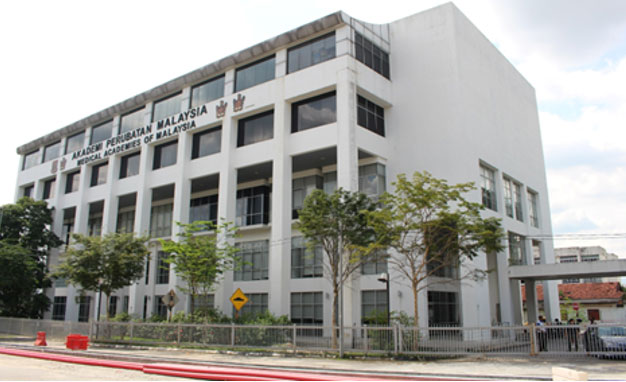
Our Activities
Annual Scientific Meeting on Intensive Care (ASMIC)
At the first meeting of the MSIC, the decision was made to hold the very first Annual Scientific Meeting on Intensive Care (ASMIC). Prior to this, the National Congress in Intensive Care (NCIC) was held yearly from 2003 to 2009. This was part of the CCMS initiative and was continued by the ICS. The very first ASMIC was held from 29th July to August 1st in 2010.
The inaugural ASMIC was so successful that this congress had carried on from 2010 till current, 14 years running.
Various ICU experts from around the globe had attended the ASMIC as international delegates over the years to a full house of participants.
Other Activities
The various other activities done by the MSIC:
- Official appointment of a secretariat: Ms Kong and her team
- Development of the website
- Recruitment drives
- Letterheads and receipts books
Multiple educational activities have been carried out by the MSIC, namely:
The BASIC collaborative:
- BASIC (Basic assessment and support in intensive care)
- Beyond BASIC Nephrology
- Beyond BASIC Airway
- Beyond BASIC Mechanical ventilation
- End of Life Care Roadshow
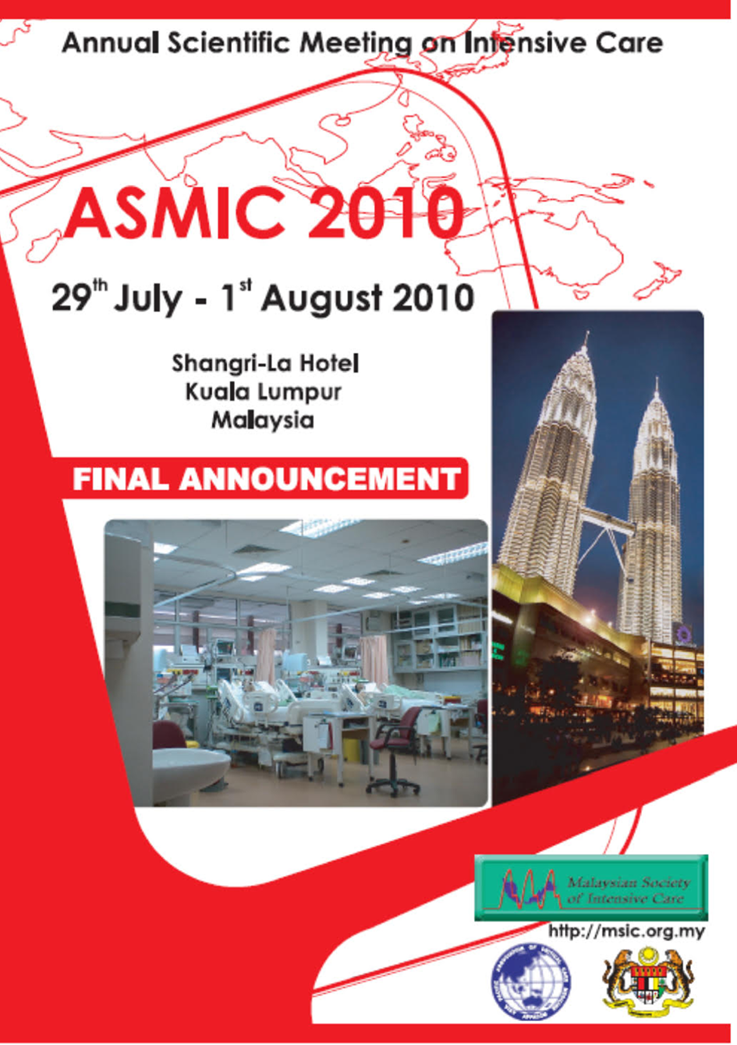
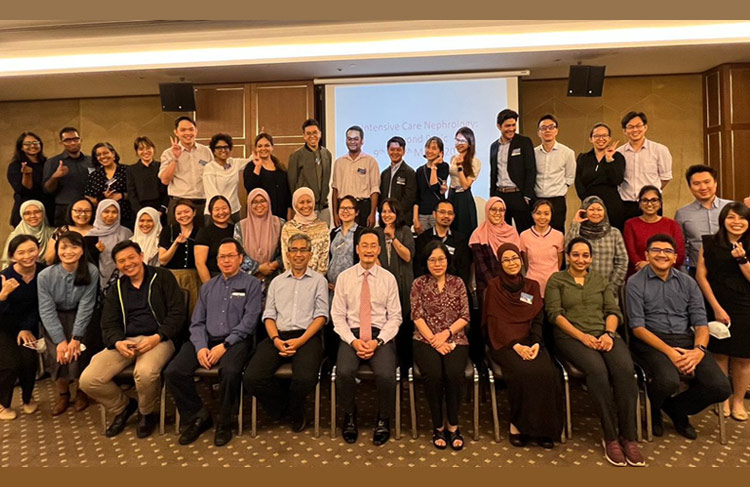
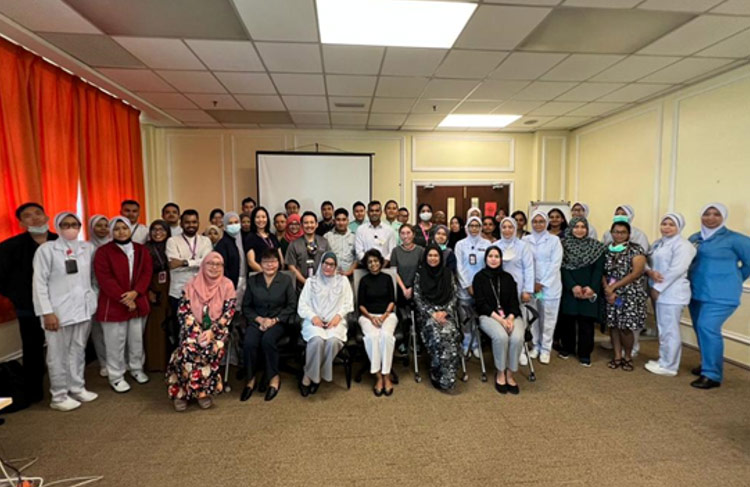
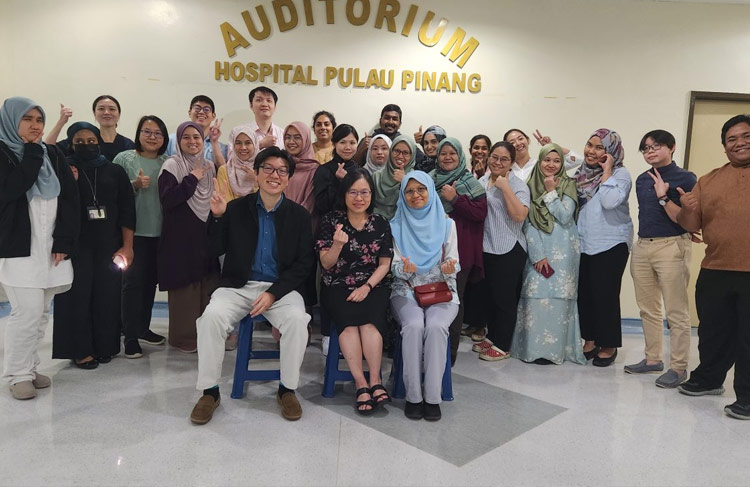
The Publications
There have been a number of publications by MSIC as well
Guide to Antimicrobial therapy
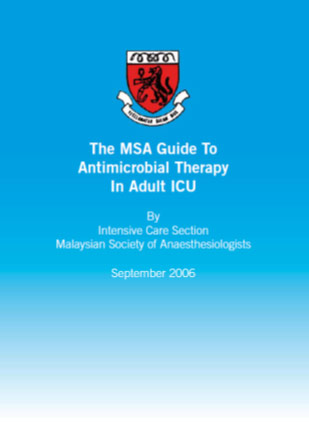
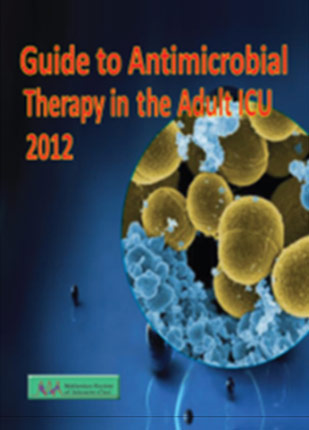
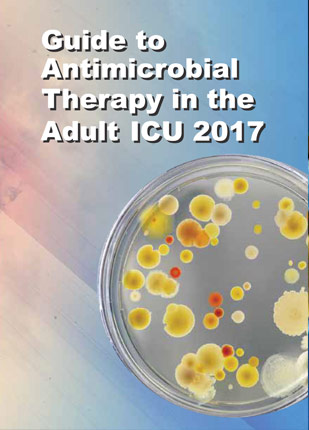
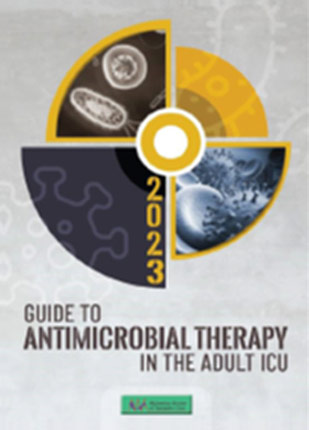
Communication in Intensive Care
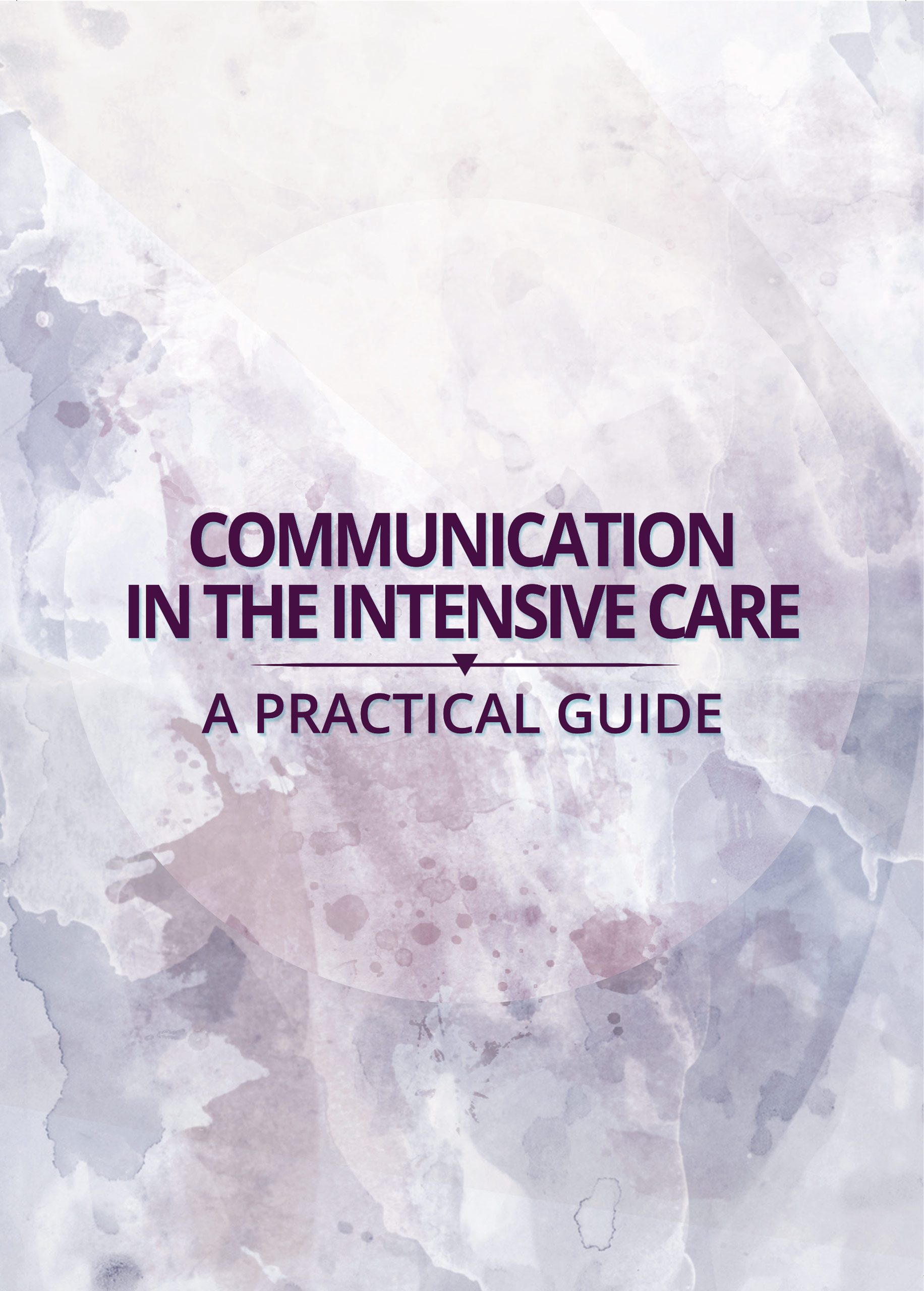
ICU Management Protocol
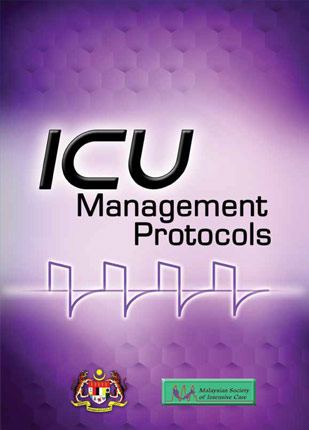
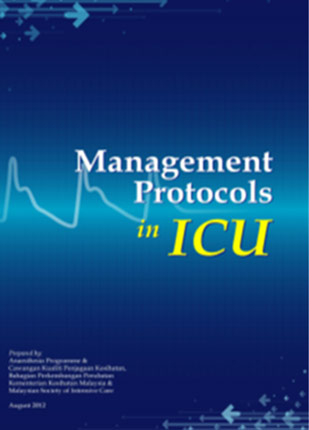
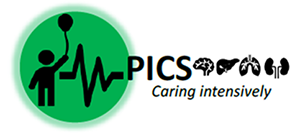
The paediatric chapter of the MSIC was established on August 2022. The pro-tempore committee consisted of 8 pediatric intensivist headed by Dr Chor Yek Kee.
They have conducted a number of courses over the last 2 years:
- Paediatric BASIC course
- Paediatric BASIC course for nurses
- Paediatric Ventilation course

Our Mission
The ongoing mission of the society is to further propagate the importance of intensive care in our country. This includes the recruitment of intensivists, opening more ICU beds and reducing the intensivist to patient ratio to improve the work life balance of intensivists and ultimately the patient outcome. The necessity to work alongside the ministry of health to improve the care and outcome of critically ill patients is something the society looks forward to maintaining. This continuing effort will hopefully transcend across the current and future generation of intensivists.
